Spencer Platt/Getty Images News via Getty Images" src="https://s.yimg.com/ny/api/res/1.2/ls8SncczznTxJMRWzJy_ow-/YXBwaWQ9aGlnaGxhbmRlcjt3PTk2MDtoPTYyOQ-/https://media.zenfs.com/en/the_conversation_us_articles_815/8e79b6abf351858 55709b07fa81033a0″ data-src= "https://s.yimg.com/ny/api/res/1.2/ls8SncczznTxJMRWzJy_ow-/YXBwaWQ9aGlnaGxhbmRlcjt3PTk2MDtoPTYyOQ-/https://media.zenfs.com/en/the_conversation_us_articles_815/8e79b6abf3518585570 9b07fa81033a0″/>
You're probably familiar with the classic sauropod dinosaurs: the four-legged herbivores famous for their long necks and tails. Animals like Brachiosaurus, Apatosaurus And Diplodocus have been a standard part of science museums since the 19th century.
With their small brains and enormous bodies, these creatures have long been the example of animals destined for extinction. But recent discoveries have completely rewritten the doomed story of the sauropods.
I study a lesser-known group of sauropod dinosaurs - the Titanosauria, or 'titanic reptiles'. Instead of dying out, titanosaurs thrived long after their better-known cousins were gone. Not only were they large and in charge on all seven continents, they held their own among the newly evolved duck-billed and horned dinosaurs until an asteroid hit Earth and ended the age of the dinosaurs.
The secret of titanosaurs' remarkable biological success may be the way they merged the best of both reptilian and mammalian traits to form a unique way of life.
Moving with the continents
Titanosaurs emerged during the Early Cretaceous Period, nearly 126 million years ago, at a time when many of Earth's landmasses were much closer together than they are today.
Over the next 75 million to 80 million years, the continents slowly parted, and titanosaurs drifted with the changing formations, becoming globally distributed.
There were nearly 100 species of titanosaurs, making up more than 30% of the known sauropod dinosaurs. They varied greatly in size. Of the largest known sauropods ever discovered, including Argentinosaurus, Patagotitan And Futalognkosauruswhose weight exceeded 60 tons (54.4 metric tons) and was larger than a truck, to the smallest known sauropods, including Rinconsaurus, Saltasaurus And Magyarosaurus which weighed approximately only 6 tons (5.4 metric tons) and were about the size of an African elephant.
From babies to titans
Like many reptiles, titanosaurs started life relatively small, hatching from eggs no larger than grapefruits.
The story continues
The best data on titanosaur nests and eggs comes from a site in Argentina called Auca Mahuevo, which has 75 million year old exposed rocks. The site contains hundreds of fossilized nests containing thousands of eggs, some of which are so well preserved that scientists have recovered skin prints of ancient embryos.
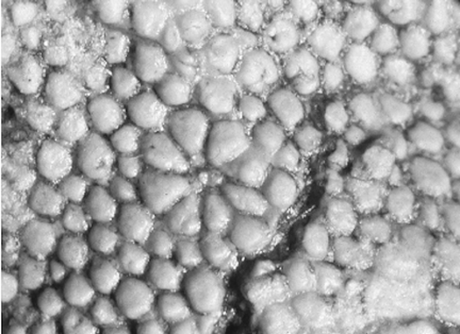
The enormous number of nests found together in multiple geological layers suggests that titanosaurs returned to this site repeatedly to lay their eggs. The nests are so close together that it is unlikely that an adult titanosaur would be able to move freely through the breeding ground. Titanosaurs likely had a hands-off parenting style, similar to many reptiles that lay numerous eggs and don't spend much time tending the nest or caring for the young.
A titanosaur hatchling would have been about 30 centimeters long, 1 meter long and weighed 2.5 to 5 kg. Recent evidence from a site in Madagascar suggests that these little titans were born ready to rumble.
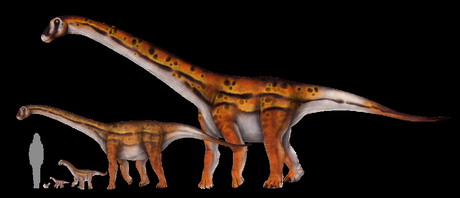
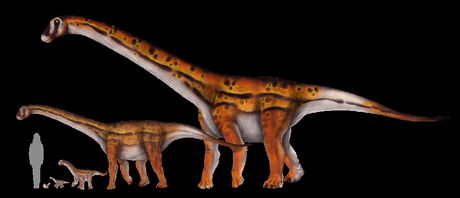
Fossilized bones of the species Rapetosaurus suggesting that by the time they would have been knee-high to a modern human, they would probably have had to fend for themselves. Microscopic details recorded deep in the bones point to a baby Rapetosaurus They probably searched for plants independently and moved much more nimbly than their clumsy adult relatives.
During the first century of dinosaur science, paleontologists imagined titanosaurs as gigantic, overgrown reptiles - and used reptile growth rates to predict their milestones. In this slow-growing model, even the smallest titanosaurs would have taken almost a century to reach their full size, meaning they would have been relatively small for much of their lives. New evidence suggests that this growth pattern is unlikely.
Scientists like me study the bones of titanosaurs at high magnification to better understand their growth. We look at the microscopic patterns of bone minerals and at the density and architecture of the spaces that contain blood vessels and cells.
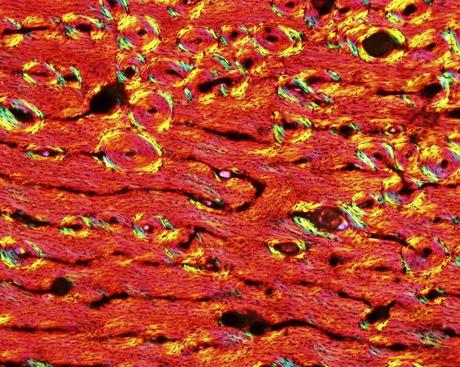
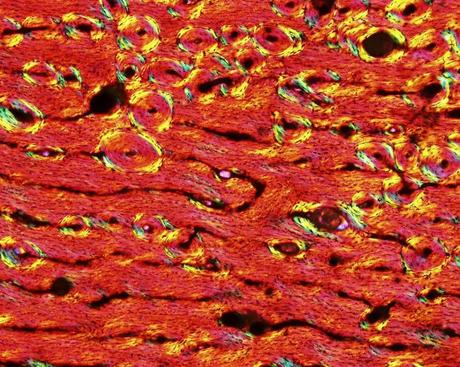
The closer the blood supply is to a bone, the faster that animal grows. These characteristics are also present in living animals and can accurately reflect growth rate, abnormalities and even age.
Bone data shows that the growth rate of titanosaurs was comparable to that of mammals such as whales - much, much faster than any living reptile - meaning they would have reached their enormous adult size in just a few decades. Scientists cannot know for sure how long titanosaurs lived, but based on the large land animals alive today, titanosaurs may have lived 60 years or more.
Nourished by plants
The rapid growth rate of sauropods was partly due to their body temperature. By studying the chemistry of fossilized teeth and eggshells, scientists determined that titanosaurs had body temperatures ranging from about 95 to 100.5 degrees Fahrenheit (35 to 38 degrees Celsius). That's higher than that of crocodiles and alligators, about the same as modern mammals, and slightly lower than that of most birds, whose bodies can regularly get as warm as 40 degrees Celsius.
Titanosaurs' rapid growth was also made possible by their enormous appetite for plants. Microscopic patterns of scratches, scuffs and pits on their teeth indicate that titanosaurs in Argentina fed on a varied diet rich in grit, suggesting that they feasted on plants found lower to the ground, where sediment is more common would be found.
In India, pieces of fossilized feces known as coprolites show that titanosaurs there ingested everything from ground-level plants to the leaves and branches of trees.
Like all dinosaurs, titanosaurs replaced their teeth throughout their lives. But records show they replaced each tooth about every 20 days for maximum efficiency, one of the highest tooth replacement rates known in dinosaurs.
If the asteroid impact had not occurred 66 million years ago, these long-lived, incredibly diverse and hugely successful animals would likely have continued to thrive, in places as far away as Madagascar, Romania, North America and even Antarctica. Instead, titanosaurs were among the witnesses to - and victims of - Earth's most recent mass extinction.
This article is republished from The Conversation, an independent nonprofit organization providing facts and trusted analysis to help you understand our complex world. It was written by: Kristi Curry Rogers, Macalester College Read more: Kristi Curry Rogers receives funding from the National Science Foundation and the David B. Jones Foundation.